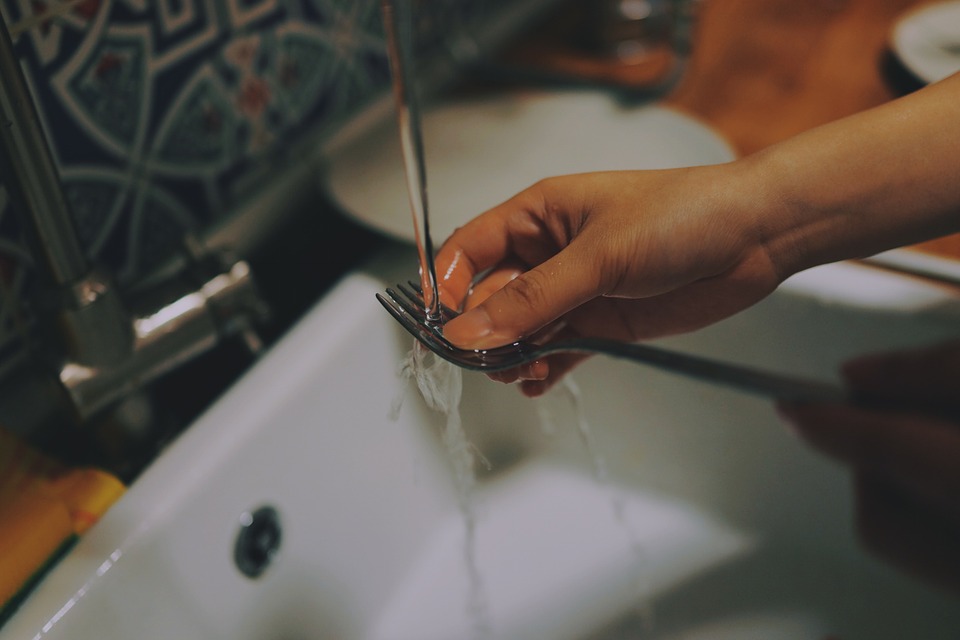News
Researchers develop advanced water purification technology

FILE: Scientists from the Commonwealth Scientific and Industrial Research Organisation (CSIRO) have designed their own type of graphene, a form of carbon consisting of a single layer of carbon atoms in a lattice, named “GraphAir.”(Pixabay photo)
CANBERRA — Australian researchers have developed a new method of purifying water which they say could save millions of lives.
Scientists from the Commonwealth Scientific and Industrial Research Organisation (CSIRO) have designed their own type of graphene, a form of carbon consisting of a single layer of carbon atoms in a lattice, named “GraphAir.”
The new technology has made water purification quicker, more effective and simpler for the 2.1 billion people in the world who do not have access to clean drinking water.
GraphAir was tested on water samples from Sydney Harbour and was so effective that several independent analyses found the water was safe to drink after passing through the filter once.
Dong Han Seo, lead author of the study, said that Sydney Harbour was chosen as the test site because the water was similar to the primary water supply in areas where water purification was a necessity.
“Sydney Harbour was chosen as a representative source of water which has a mixture of runoff from light industrial and residential areas,” Seo told Xinhua on Thursday.
“That’s the sort of commonly found water which could need to be filtered.”
Despite being just one carbon atom thin, graphene is the world’s strongest material. However, it is usually water repellent.
To solve the problem, Seo’s team created a graphene film with microscopic channels that would let water through but stop pollutants.
The GraphAir film can be applied to commercially available water filters and instantly improve their performance.
The film is cheaper, faster and more environmentally friendly to produce than standard graphene, Seo said.
“Making graphene thin films conventionally involves many hazardous compressed gases such as purified hydrogen gas and methane gas as precursors which are expensive and explosive,” he said.
“(The) ‘GraphAir process’ involves replacing all expensive and hazardous components in graphene thin film synthesis with safe and low-cost and renewable source such as vegetable oils and we can make the graphene film much faster than the conventional process.”
In addition to being more effective than other water filters, GraphAir also offers a solution to fouling, the biggest problem facing most current water purification methods.
“Our water system contains many contaminants, especially when oils and chemicals are involved, they like to stick to the membrane and clogs the membrane surface which leads to rapid degradation in membrane,” Seo said.
“This happens to all polymeric water purification membrane that are used today. But once a GraphAir film is placed, it is anti-fouling to chemicals and oils and salt while rejecting them all acting as a significantly superior membrane.”
The CSIRO will scale its GraphAir production in 2018 before identifying potential commercial partners to make the product available globally. (Xinhua)





















